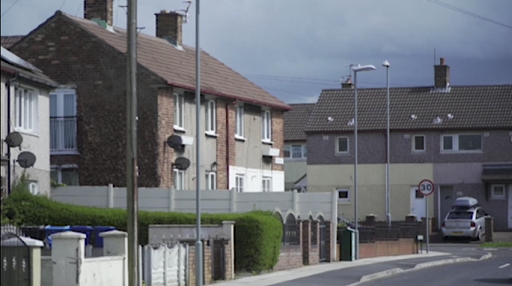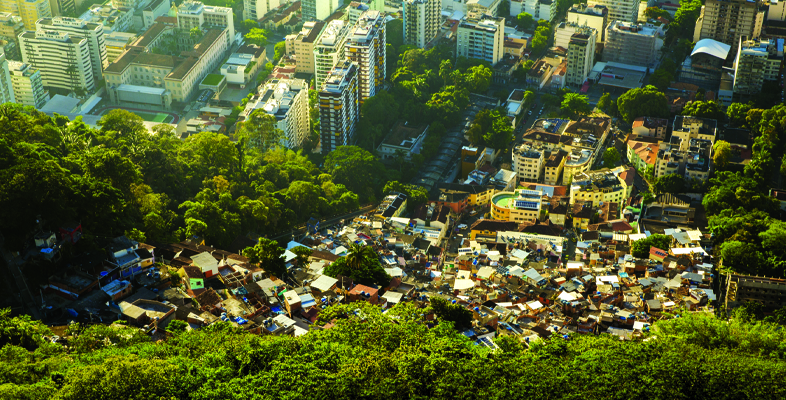2.4 Sonae: an archetypal case study for critical criminologists
In this section, you will watch a video that explores some of the harms associated with a factory producing wood particle boards in Kirkby, near Liverpool (England), between 1999 and 2012. The film presents the stories of people who lived in the local area and were affected by the activities of the plant.
Activity 5
As you are watching the video, think back to what you learned about critical criminology earlier in this section, and try to explain why the case of Sonae might be of particular interest to critical criminologists.
It might help to think about who is involved in this case, for example, who are those alleged to be committing the harm, and who are those claiming to be victims. What problems does the film raise in relation to the ways in which such harm is (or is not) being dealt with by the criminal justice system?

Transcript: Video 5
Discussion
The case of Sonae contains many features that make it interesting from a critical criminological perspective. For example, the alleged perpetrator of serious harm is a wealthy company with access to high levels of economic and social capital. The victims of such harm, on the other hand, are community residents living in a socioeconomically deprived location.
This raises issues around the relative power of the alleged perpetrator(s) and victim(s). In the video, Hilda Palmer argues that the decision to build the industrial plant in a socioeconomically deprived location was taken because the plant owners would have known that residents living in this location would not be able to challenge the conditions, practices and harms associated with the plant. People living in a wealthy area, on the other hand, would have been far better placed to oppose the plant’s construction and harmful practices, given their access to greater resources and social capital.
The video also considers the difficulties and problems with addressing the harms generated by the industrial plant through the criminal justice system. For example, despite the health and safety executive issuing five prohibition notices to the plant, explosions and fires continued to occur. Dr David Whyte concludes by highlighting that powerful groups committing serious harms often seem immune to prosecution and punishment through the courts and criminal justice system.
The case of Sonae highlights the importance of power and inequality in understanding who is able to get away with committing serious harms, and who is likely to suffer most as a result of these harms. It also illustrates the limitations of the criminal justice system in terms of controlling harms generated by powerful individuals and groups. These things combined make Sonae an interesting case study for many critical criminologists.
